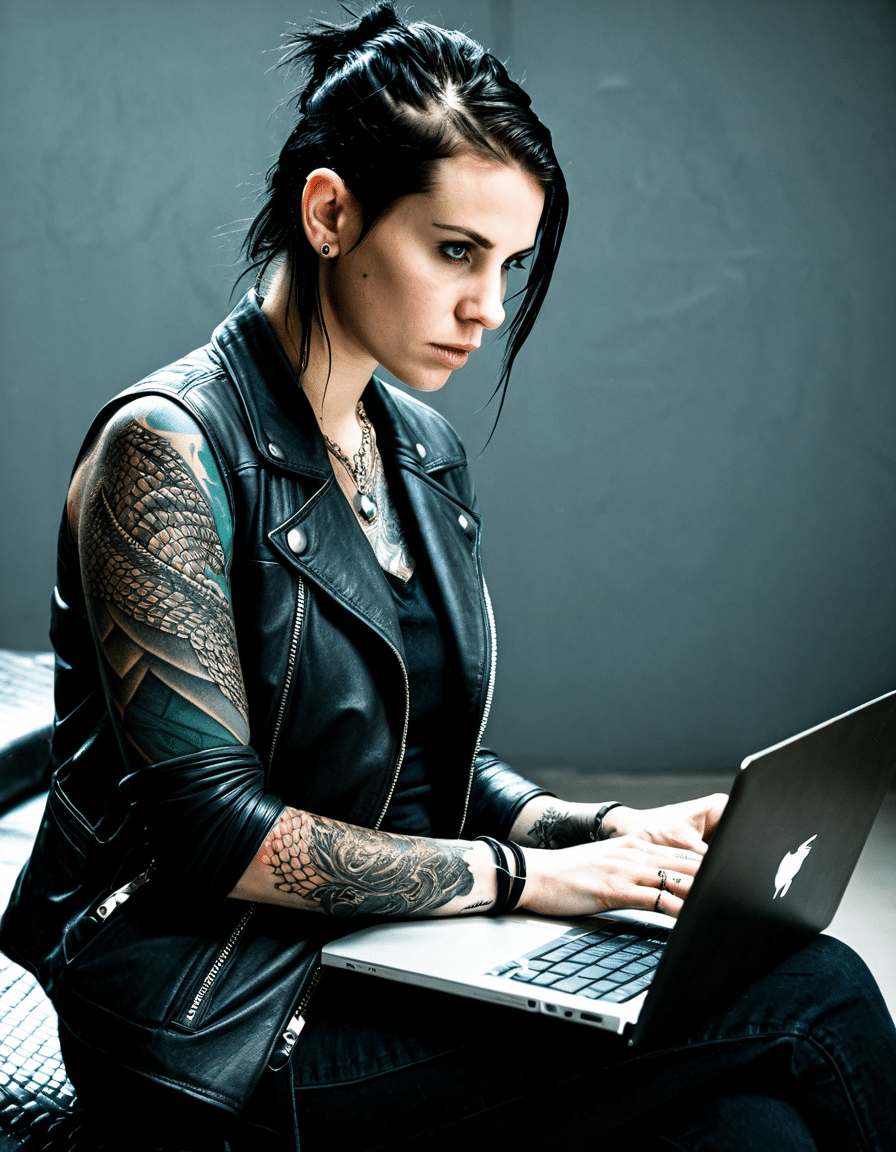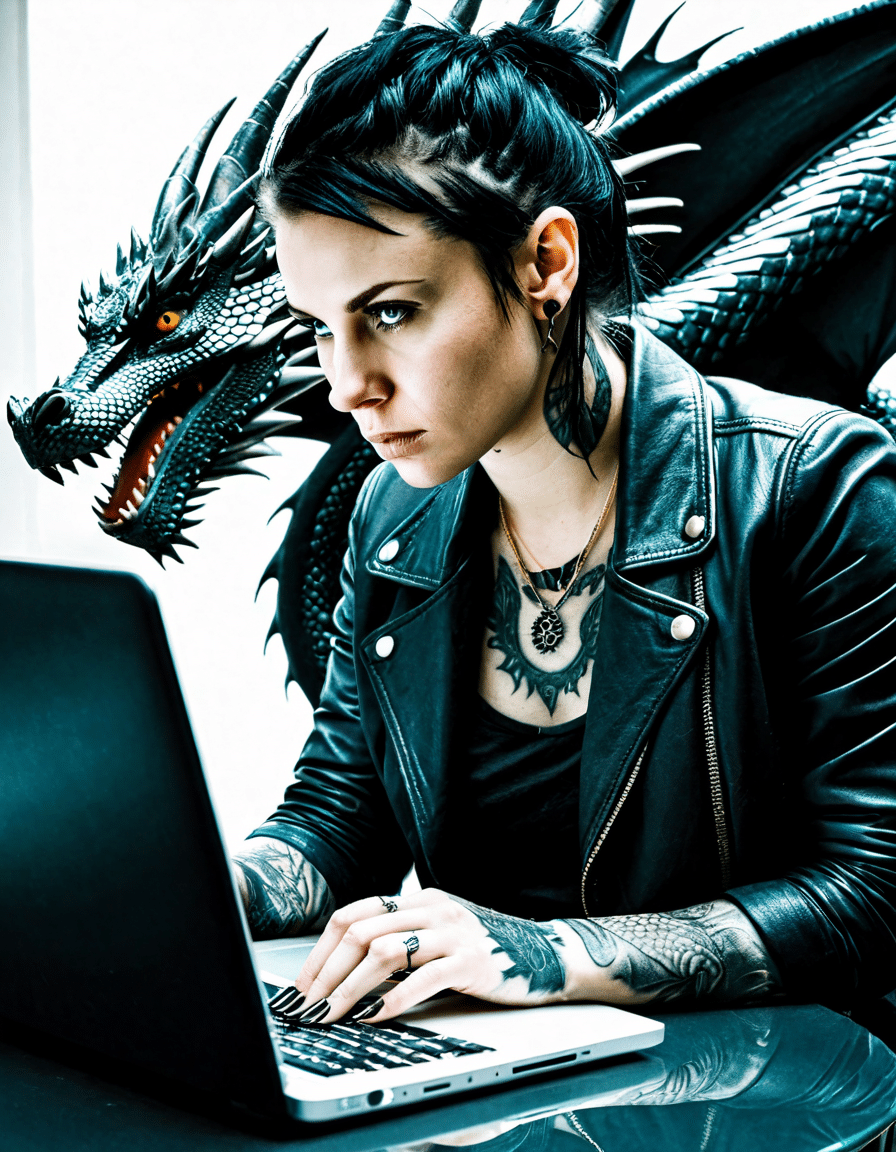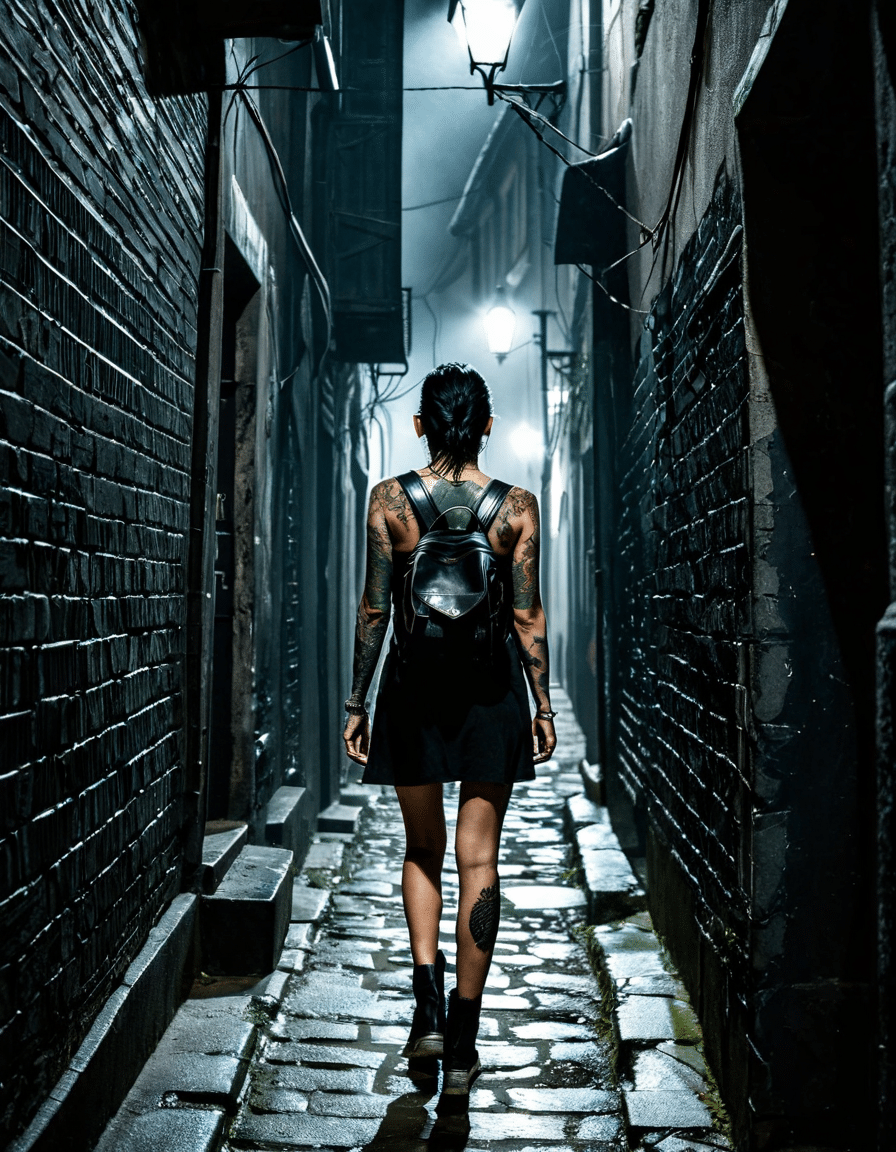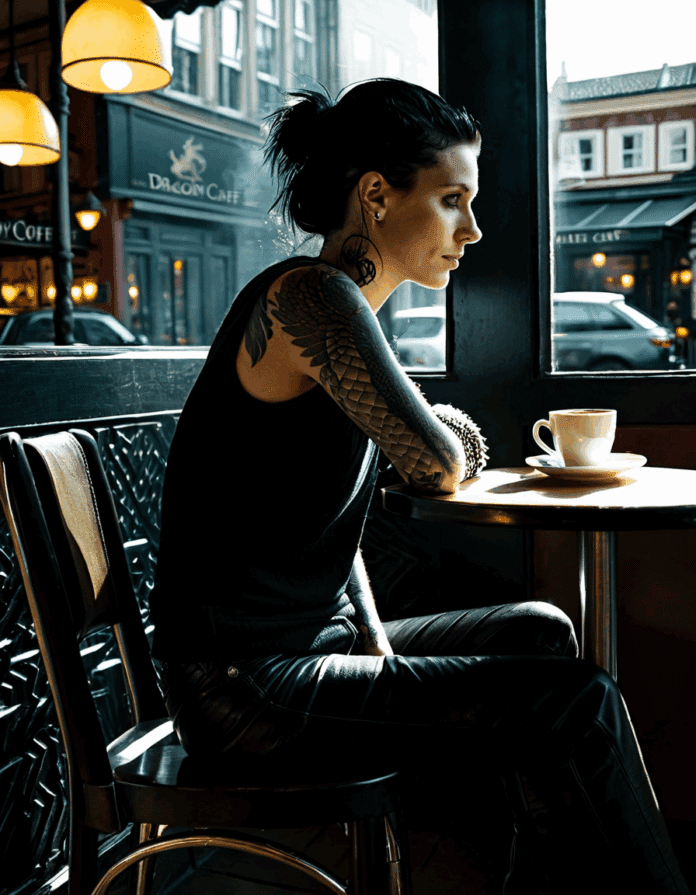When we think about strong female characters in modern storytelling, The Girl With The Dragon Tattoo and its remarkable heroine, Lisbeth Salander, immediately come to mind. Created by Swedish author Stieg Larsson, Lisbeth’s story has captivated audiences with her fierce independence and unyielding resilience. The complexities of her character navigate personal trauma, intellect, and cultural commentary, making her an enduring icon in pop culture. So grab your popcorn, and let’s dive into the fascinating world of Lisbeth Salander!

The Girl With The Dragon Tattoo: A Deep Dive into Lisbeth Salander’s Character
Lisbeth Salander isn’t just a character; she’s a force of nature! Stieg Larsson crafted her as someone who defies all odds and conventional expectations, carving her own path through life. Her backstory—marked by abuse and betrayal—plays a crucial role in shaping her identity. Many viewers and readers find her struggles resonate deeply, especially with those who’ve faced their own hardships.
What sets Lisbeth apart? Aside from her witty banter and unparalleled hacking skills, she fiercely confronts gender norms. With her piercings and tattoos, she flips societal expectations on their head, showcasing the idea that women can embody both strength and vulnerability. Her character pushes the boundaries of what it means to be a woman superhero in today’s entertainment landscape.
Moreover, Lisbeth’s intellect shines brighter than any flashy sword or superpower. Her computational prowess not only highlights the potential for women in tech but provides a refreshing take on what it means to be strong. In a world where stereotypical representations abound, she stands tall as a symbol of empowerment.

Top 7 Reasons Why Lisbeth Salander Explains the Empowerment of Women in Modern Storytelling
The Girl With The Dragon Tattoo: Literary vs. Cinematic Portrayals of Lisbeth Salander
With both literary and cinematic adaptations, Lisbeth’s character has evolved, providing fans with a rich tapestry of interpretations. Each version shines a light on different facets of her complex personality.
Stieg Larsson’s original portrayal delves into Lisbeth’s thoughts and emotions, offering readers a chance to understand her internal battles. These insights create the foundation for her actions throughout the narrative, highlighting her motivations.
In David Fincher’s 2011 film adaptation, Lisbeth becomes even more visually striking, with intense moments that capture her ferocity. However, some argue that the film sacrifices her internal struggles for pacing, focusing instead on the gritty aspects of her character.
On the other hand, the 2009 Swedish adaptation by Niels Arden Oplev holds closer to Larsson’s original vision. This version weaves cultural nuances into the story, grounding Lisbeth’s journey in the context of Swedish society and enhancing the emotional impact.
The Girl With The Dragon Tattoo and Its Influence on Female Characters in Media
Lisbeth Salander didn’t just blaze her own path; she opened doors for other strong female characters across various genres. Her impact can be seen everywhere in media, from literature to television.
Consider Veronica Mars—much like Lisbeth, she showcases intelligence and resourcefulness, captivating audiences with her problem-solving abilities. Veronica pulls viewers in with her emotional depth and tenacity, mirroring Lisbeth’s unconquerable spirit.
Katniss Everdeen, the fiery protagonist from The Hunger Games, similarly echoes Lisbeth’s challenge to gender roles. Katniss takes a stand for her beliefs and exhibits both physical and mental strength, shaping the future of female leads in action narratives.
Then there’s Shuri from Black Panther, who combines intellect and leadership in a high-tech world that was traditionally dominated by men. Like Lisbeth, Shuri defies patriarchal limitations, proving women can be at the forefront of innovation and bravery.
Crafting the Future of Female Heroism
Lisbeth Salander’s impact on female representation goes beyond her own story. She serves as a vital reference point for developing complex female characters in storytelling, pushing the envelope for how women are portrayed. As society evolves, characters like Lisbeth lay the groundwork for future heroines to follow.
The ongoing discussions about gender representation and empowerment in media owe much to The Girl With The Dragon Tattoo. Lisbeth’s triumphs and tribulations will continue to resonate as we cheer for the next generation of female protagonists. As adaptations arise and new stories unfold, Lisbeth’s legacy remains a beacon of hope and a source of inspiration for storytellers and audiences alike.
So next time you find yourself diving into the intricate world of The Girl With The Dragon Tattoo, remember—it’s more than just a wild ride; it’s a celebration of what it means to be unapologetically fierce! Whether you’re binging episodes of The Simpsons or discussing the latest Beyonce album, let Lisbeth inspire you to shake things up and embrace your unique power.
The Girl With The Dragon Tattoo: Iconic Heroine Uncovered
Behind the Scenes of the Adaptations
When we think about The Girl With The Dragon Tattoo, it’s essential to recognize how impactful the character of Lisbeth Salander has been across both the Swedish and American film adaptations. Did you know that actress Rooney Mara, who portrays Lisbeth in the 2011 version, underwent a dramatic transformation for the role? She even got her first tattoo, and that’s a tall order considering the already iconic image of Lisbeth now present in pop culture. Interestingly, when casting for the 2009 Swedish film, director Niels Arden Oplev had a tough time finding the right fit. They were looking for a true Mujer Pacman, a fiery character that could resonate with audiences just as well as a beloved classic tale like Charlotte’s Web does.
Fun Facts About Lisbeth’s Look
Lisbeth Salander’s signature look—those edgy bucket Hats and piercings—has sparked a whole fashion movement! People everywhere embraced her fierce style, proving that being unique can make a mark in both cinema and society. In fact, Lisbeth’s appearance has been referenced in various TV shows as a nod to her gritty persona. You could say she’s the epitome of resilience and strength, making her jump off the screen and into our lives. Fans couldn’t help but draw parallels between her struggle for justice and the issues surrounding global warming, showcasing how deeply narratives in popular culture can reflect real-world problems.
Cultural Impact and References
The Girl With The Dragon Tattoo has created a cultural ripple effect, even making its way into conversations about pop icons. Did you catch that Kanye West once dropped a nod to the film in his lyrics? This just goes to show how Lisbeth Salander, as a character, has become more than just a fictional figure; she’s a symbol of empowerment and tenacity. Plus, if you’re into reality TV, you might spot glimpses of Lisbeth’s toughness in characters from Rhoslc. It’s fascinating how a character from a thriller can inspire real-world fashion trends and discussions about pivotal issues. Lizbeth’s journey remains a powerful reminder of the transformative nature of storytelling.




